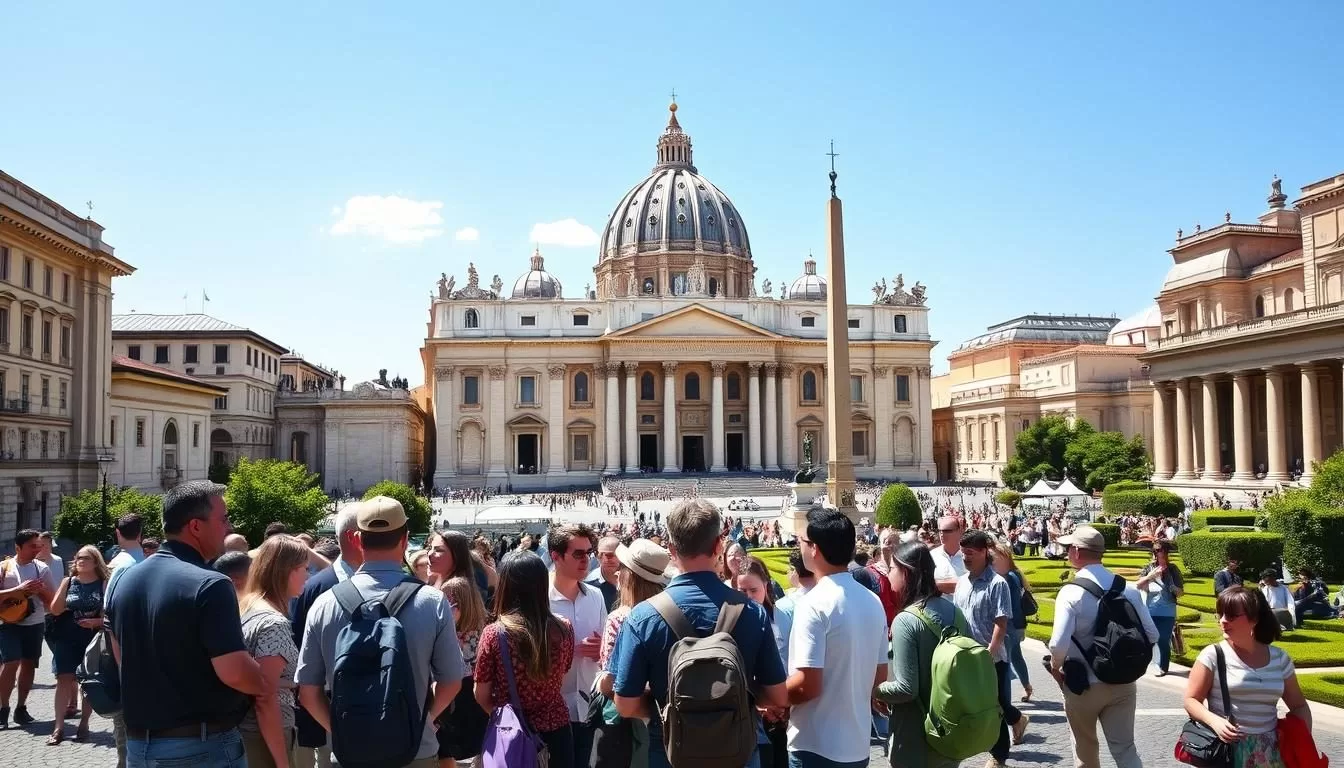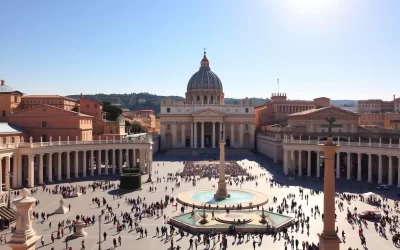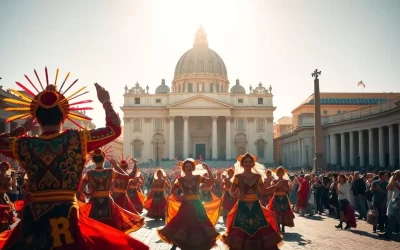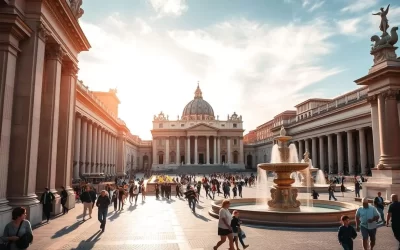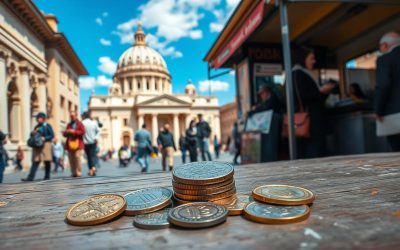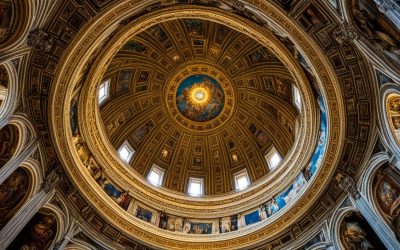Vatican City, the smallest independent state in the world, boasts a fascinating linguistic tradition. Italian serves as the primary language for daily administration and official documents, reflecting its modern role. Meanwhile, Latin remains a ceremonial and historical official language, deeply rooted in the area’s religious and cultural identity.
This dual system highlights the unique blend of tradition and modernity. Over centuries, the area has evolved, shaped by historical events and religious practices. Today, the influence of these languages extends beyond borders, showcasing the rich heritage of Vatican City.
Understanding this linguistic landscape offers insight into the state’s cultural depth. Whether you’re exploring its history or its modern-day significance, the language of Vatican City tells a compelling story.
Historical Development of Languages in the Vatican
The roots of Vatican City’s languages stretch back to the Roman Empire and the Papal States. During the Roman Empire, Latin was the dominant language, used in administration, law, and religion. This legacy continued into the Papal States, where Latin became central to both governance and religious practices.

From Latin Roots to the Papal States’ Influence
Latin’s role in the Papal States was unparalleled. It served as the official language for centuries, shaping the region’s identity. Religious texts, legal documents, and ceremonial rites were all conducted in Latin, solidifying its importance.
This tradition persisted even as other regions adopted vernacular languages. The Papal States’ influence ensured Latin remained a cornerstone of the state’s cultural and administrative framework.
The Impact of the Lateran Treaty and Italian Integration
The Lateran Treaty of 1929 marked a turning point. It recognized Vatican City as an independent state and formalized Italian as its primary language for daily use. While Latin retained its ceremonial status, Italian became essential for modern administration.
This shift reflected broader changes in the region. Italian’s integration into Vatican City’s official language practices highlighted the balance between tradition and modernity. Today, this dual system continues to define the state’s linguistic landscape.
Understanding Vatican: Official and widely spoken languages
The linguistic framework of Vatican City reflects its rich history and modern needs. Two languages stand out: Latin and Italian. Each plays a distinct role in shaping the state’s identity and operations.
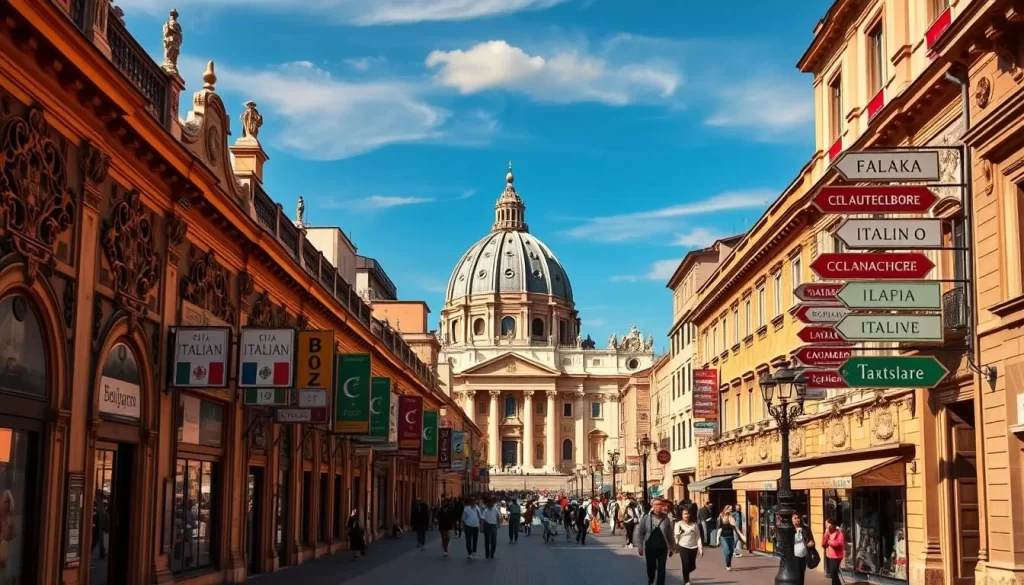
Latin’s Role in Religious and Diplomatic Contexts
Latin holds a special place in Vatican City. It is the official language for religious ceremonies and diplomatic communications. The Catholic Church uses Latin in written documents, preserving its historical significance.
In diplomatic settings, Latin ensures clarity and tradition. It connects the state to its ancient roots while maintaining its global influence. This ceremonial use highlights its enduring importance.
Italian as the Lingua Franca in Administrative Affairs
Italian is the primary language for daily operations. It is used in administration, internal communications, and official documents. This shift began with the Lateran Treaty of 1929, which formalized Italian’s role.
Today, Italian dominates the state’s administrative framework. It bridges the gap between tradition and modernity, ensuring efficient governance. This balance reflects Vatican City’s ability to adapt while honoring its past.
| Language | Primary Use | Historical Significance |
|---|---|---|
| Latin | Religious ceremonies, diplomatic communications | Rooted in the Roman Empire and Papal States |
| Italian | Administration, daily operations | Formalized by the Lateran Treaty of 1929 |
The coexistence of Latin and Italian in Vatican City is a testament to its dual heritage. These languages work together, reflecting both tradition and progress. Understanding their roles offers insight into the state’s unique character.
Language Diversity Among Residents and Visitors
Daily life in Vatican City is enriched by a mosaic of languages. While Italian and Latin dominate, the area thrives with a variety of tongues. Minority languages like Portuguese, Arabic, and Chinese are often heard in casual conversations. This diversity reflects the unique blend of residents and visitors who call this place home.
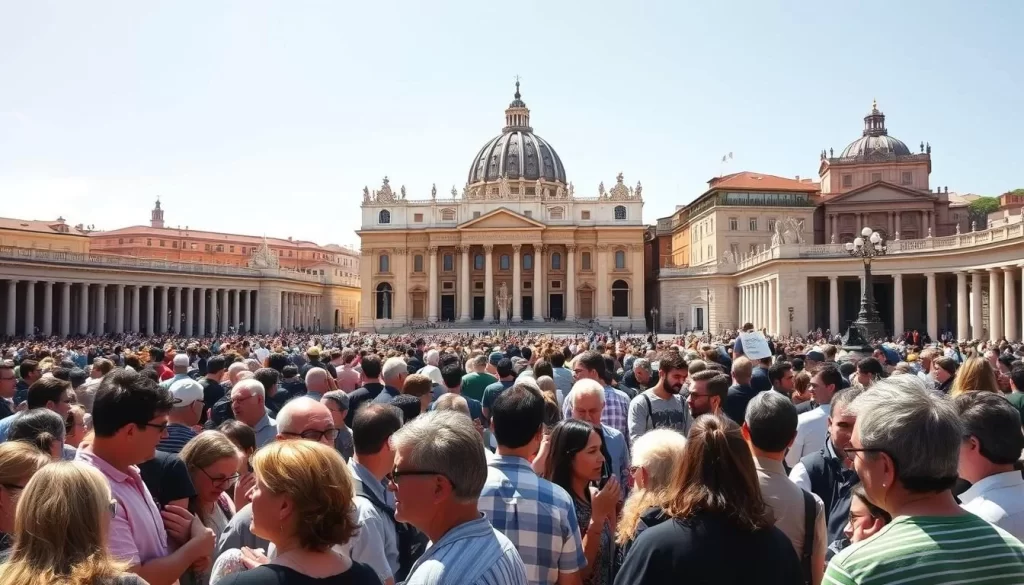
Multilingual Realities: Minority Languages in Daily Life
In the streets and squares, you’ll hear more than just Italian. Minority languages add depth to the cultural fabric. For instance, Swiss German is used for commands among the Swiss Guard. This practice highlights the area’s ability to blend tradition with modern needs.
Tourists also contribute to this linguistic tapestry. Guides often speak multiple languages to accommodate visitors from around the world. This ensures everyone feels welcome, whether they’re exploring ancient buildings or attending religious ceremonies.
Diverse Communication: From Swiss Guard Commands to Tourist Interactions
The Swiss Guard’s use of Swiss German is a fascinating example of linguistic diversity. It underscores the area’s commitment to preserving its unique heritage. At the same time, modern communications in various languages facilitate smooth interactions with tourists.
Inscriptions on ancient structures, primarily in Latin, coexist with signs and announcements in multiple tongues. This blend of old and new creates a dynamic environment. It also enhances the area’s role as a global religious and diplomatic hub.
This multilingual setup not only supports effective communication but also celebrates cultural diversity. It’s a testament to the area’s ability to adapt while honoring its rich history. For more insights into linguistic diversity, visit this resource.
Conclusion
The blend of tradition and modernity in this unique area is reflected in its linguistic practices. Italian serves as the primary language for daily operations, while Latin remains a ceremonial cornerstone of the Catholic Church. This dual system highlights the state’s ability to honor its past while adapting to contemporary needs.
Key events, like the Lateran Treaty, have shaped this linguistic landscape. They underscore the importance of both languages in maintaining the area’s heritage. Whether in administration or religious ceremonies, these practices reveal a dynamic cultural identity.
Exploring Vatican City offers a deeper understanding of its rich history. The coexistence of Italian and Latin, along with other tongues, enriches the experience for residents and visitors alike. This linguistic diversity ensures the state remains a global hub of tradition and progress.
The above is subject to change.
Check back often to TRAVEL.COM for the latest travel tips and deals.
Here are some Tours & Sightseeing suggestions that might pique your interests!
